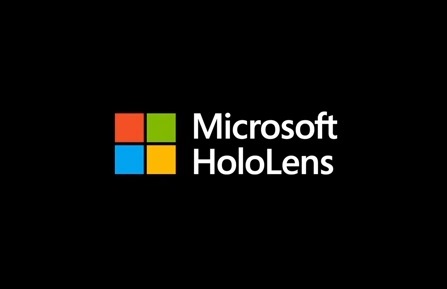Honda believes that cars could have a place in the mobile commerce space
Cars may soon be the world’s next big mobile payments platform, according to Honda. The Japanese automaker has partnered with Visa to demonstrate a new payment service at the 2016 Mobile World Congress. During the event, Honda showed that applications could be embedded in a vehicle’s infotainments systems, which could then be used to make purchases. This may become quite popular among consumers, as it would allow them to make purchases without having to leave their cars.
Visa is making progress in making mobile commerce more accessible
Visa has been working on ways to streamline the way people participate in the mobile commerce space for some time. Over the past few years, the organization has managed to make it easier for consumers to make simple purchases. The company has also helped make mobile payments more secure through the Visa Token Service, which replaces consumer financial information with digital tokens that can be used to authenticate transactions. Together, Visa and Honda have developed a new proof of concept service that would effectively allow drivers to make purchases from their vehicles.
Vehicles could become the most convenient mobile commerce solution
 Convenience is one of the most attractive aspects of mobile commerce. Being able to use a mobile device to make a purchase has become quite popular to consumers, many of whom already base much of their lives on their smartphones. These devices can be used to shop for and purchase products both online and in physical stores. With the new service from Honda and Visa, consumers may never to leave their vehicles to pay for products, which would turn vehicles into a new type of mobile commerce platform.
Convenience is one of the most attractive aspects of mobile commerce. Being able to use a mobile device to make a purchase has become quite popular to consumers, many of whom already base much of their lives on their smartphones. These devices can be used to shop for and purchase products both online and in physical stores. With the new service from Honda and Visa, consumers may never to leave their vehicles to pay for products, which would turn vehicles into a new type of mobile commerce platform.
Driverless vehicles could benefit from mobile commerce services
A dedicated mobile payments service may be particularly useful for those with driverless vehicles. As these vehicles can operate themselves, passengers can spend their type shopping for and purchase products that they are interested in. They can do this with their mobile devices as well, but smartphones and tablets may have limited connectivity issues when traveling long distances. This is not typically true for driverless vehicles, as they are designed to make use of an expansive satellite network that allows them to avoid connectivity issues.

 The Oculus Rift has been designed to block out the view of the surrounding environment so that an entirely digital, 360 degree three dimensional universe can replace it. The Rift, however, must be tethered to a separate computer, whereas the HoloLens operates on its own, based on Windows 10.
The Oculus Rift has been designed to block out the view of the surrounding environment so that an entirely digital, 360 degree three dimensional universe can replace it. The Rift, however, must be tethered to a separate computer, whereas the HoloLens operates on its own, based on Windows 10.